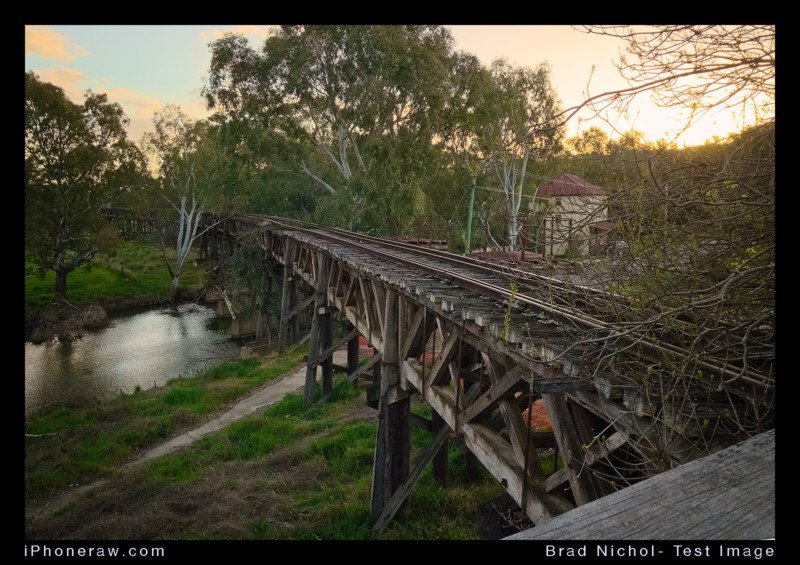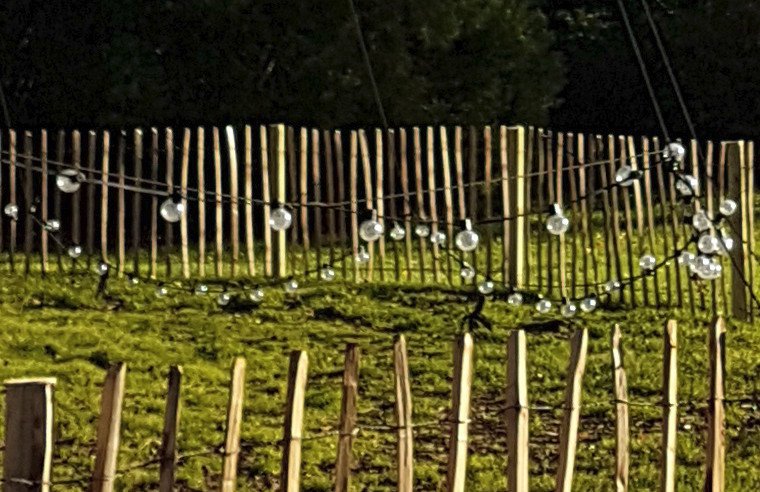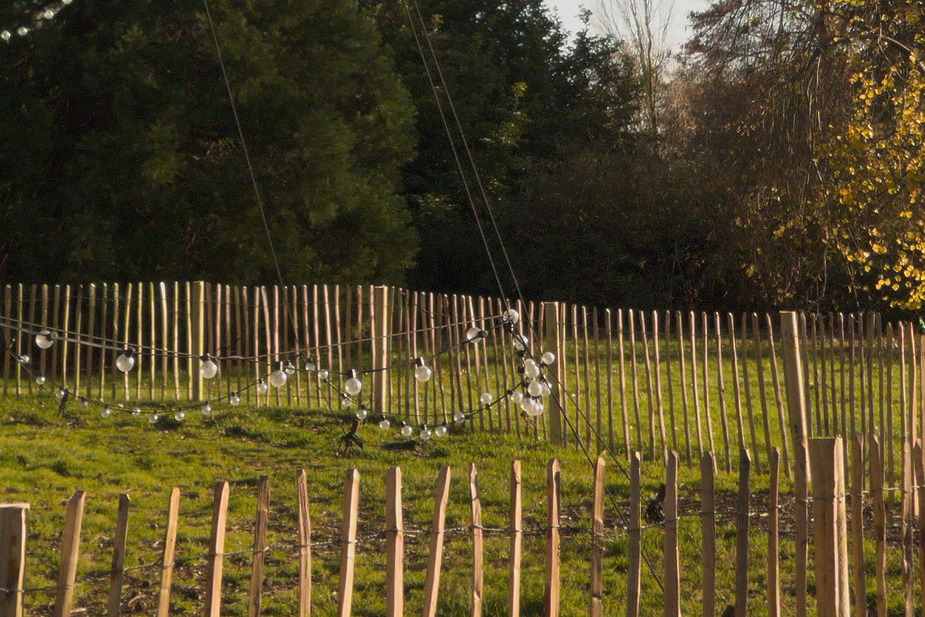Ted wrote:
So a 10bit A/D (sans any other magic) is the minimum just to properly create a 8 bit JPG… That’s even before you throw colour into the mix…
Not quite DSLR, but since DSLR’s are used for video a lot too these days:
Very good video. However, as the guy says, it is the creativity behind it that makes the biggest difference. For example
 because stuff we see naturally is stabilised via the VOR)
because stuff we see naturally is stabilised via the VOR)
I recall seeing an amazing video done by a professional promo agency, done on the Nokia 808 phone. I had that phone for a few years, largely for its amazing stills camera (I got rid of it only because the web browser became useless, mainly for the Autorouter which uses some “very modern” code) and could never get near what those guys did. It maxed out at 30fps but the device was right on the limit storing the data at that speed (actually any phone can be maxed out if you shoot e.g. a freshly groomed ski slope with a fast pan) so I reckon they also used a stabilised mount. It did good videos if you were really careful with movement.
Chicken head tracking:
So all we need is a 1/4" screw on their heads and we’ll be fine. Egg laying drone.
This guy has taken a closer look at the usability of phone RAW photo’s.
This is the processed JPG

But using the RAW he was able to recover this

As result of this EuroGA thread  , I’ve started to shoot some RAW on my phone for select shots, and I’ve been surprised at the recover-ability of highlights and shadows versus using the JPG out of the phone. Noise is still an issue though and I often have to put in a full slider of color noise reduction in Lightroom, and need to balance luminance noise reduction with preservation of detail. Still the results are considerably better than not using RAW.
, I’ve started to shoot some RAW on my phone for select shots, and I’ve been surprised at the recover-ability of highlights and shadows versus using the JPG out of the phone. Noise is still an issue though and I often have to put in a full slider of color noise reduction in Lightroom, and need to balance luminance noise reduction with preservation of detail. Still the results are considerably better than not using RAW.
Archie provided a link that included:
Author of “Ultimate iPhone DNG” you can purchase 400 page ebook on the iBooks store.
400 pages!, perhaps the title should be: will a phone ever be as complicated as a DSLR? 
back to 8 bit jpegs I found this which sums up best I what I was getting at earlier:
Most modern raw-capable DSLR cameras use 12- or 14-bit analog-to-digital converters to record the sensor data. This means that when choosing an 8-bit-per-channel output format in your camera, such as JPEG, one loses some information. It’s not as simple as it may seem though, cameras record data linearly (due to limitations in hardware design) while JPEG, TIFF and PNG gamma encode their data meaning that they distribute more values in the shadow range and less in the highlights which better matches the eye’s sensititvity. This means that an 8 bit JPEG can display as much as log2((1/2^8)^2.2) = 17.6 stops of dynamic range which indeed exceeds the 14 stops of the current best cameras, which explains why you sometimes can see a camera’s shadow noise even in an 8 bit JPEG. However due to the fewer values in highlights we lose precision there compared to the camera. Practically this is not a problem when the output file is the definitive one and will not be processed anymore…
That’s a very good result Archie. I ought to try that too.
Ted – this is probably why most DSLR users who want to get the best out of their camera go straight to Lightroom (etc), do any adjustments there e.g. crop, bring up shadows, reduce highlights, etc and then export to jpeg. Once I mentioned the Adjust Curves function to a woman and she got really scared  I tend to find that LR workflow is really good and quick, although for a ground based daytime shoot, say a holiday to some Greek island, the ex-camera jpegs are normally just fine.
I tend to find that LR workflow is really good and quick, although for a ground based daytime shoot, say a holiday to some Greek island, the ex-camera jpegs are normally just fine.
The real purists of course keep the RAW files  but the really real purists just store the data on massive RAID hard drives and never watch it in case it is degraded by viewing
but the really real purists just store the data on massive RAID hard drives and never watch it in case it is degraded by viewing 
Then one gets onto the debate of which format is most futureproof. DNG certainly isn’t because even in the last few years we have seen DNG formats which almost no contemporary software (assuming you aren’t paying £10/month to Adobe) can open…
I have finally got around to shooting some RAW with the Samsung S7. It is the today-dated files here. The …416 named file is a jpeg from the phone and the two …435-named files are the raw and then the Lightroom-converted jpeg. I used no adjustments in LR and no device profile appears to be loaded. LR (mine) doesn’t have the S7 profile; of Samsung it has only some Samsung pocket cameras.
1:1 zooms:
ex-phone jpeg: (4.6MB)

converted raw: (10.4MB)

The improvement via using the raw file is staggering…
Unfortunately to get the raw files, the Samsung “maximum user satisfaction politburo” makes you jump through some hoops. You have to use the “Pro” setting on the app, this mode cannot be launched with just a double click on the Home button, and the raw files cannot be saved to the SD card – they have to go into internal flash and at 20MB+ each you don’t want to just leave them in there for fun…
5 minutes later,

I just did auto white balance, a RL deconvolution to improve the focus. and a maybe a better tonal curve, 100% crop. Not bad for a phone…
Yeah… a slight further improvement. Better brightness range too. Many thanks. What program did you use Ted, and can it batch process a whole directory? BTW I sent you a PM a while ago; maybe you didn’t get it. Nothing of relevance now.
AIUI Samsung blocked access to the full-res data to third party camera apps. I was told that by one app developer when I was asking why his camera app is so bad on the S7 (android v6). It was great on the S6 (v5). However, he did reveal that camera apps on all these phones are only user interfaces to the camera API, with little scope for finer controls. This became apparent when I was doing some testing and found that e.g. if you configured the app to name the files ABCD-#### (where #### is a sequential number) and configured it to auto upload to dropbox, the ones uploaded to dropbox were named using the stock OEM camera app numbering 
In fact I am not sure if 3rd party camera apps can get access to the actual image data at all. The ostensible reason for this is user experience optimisation 